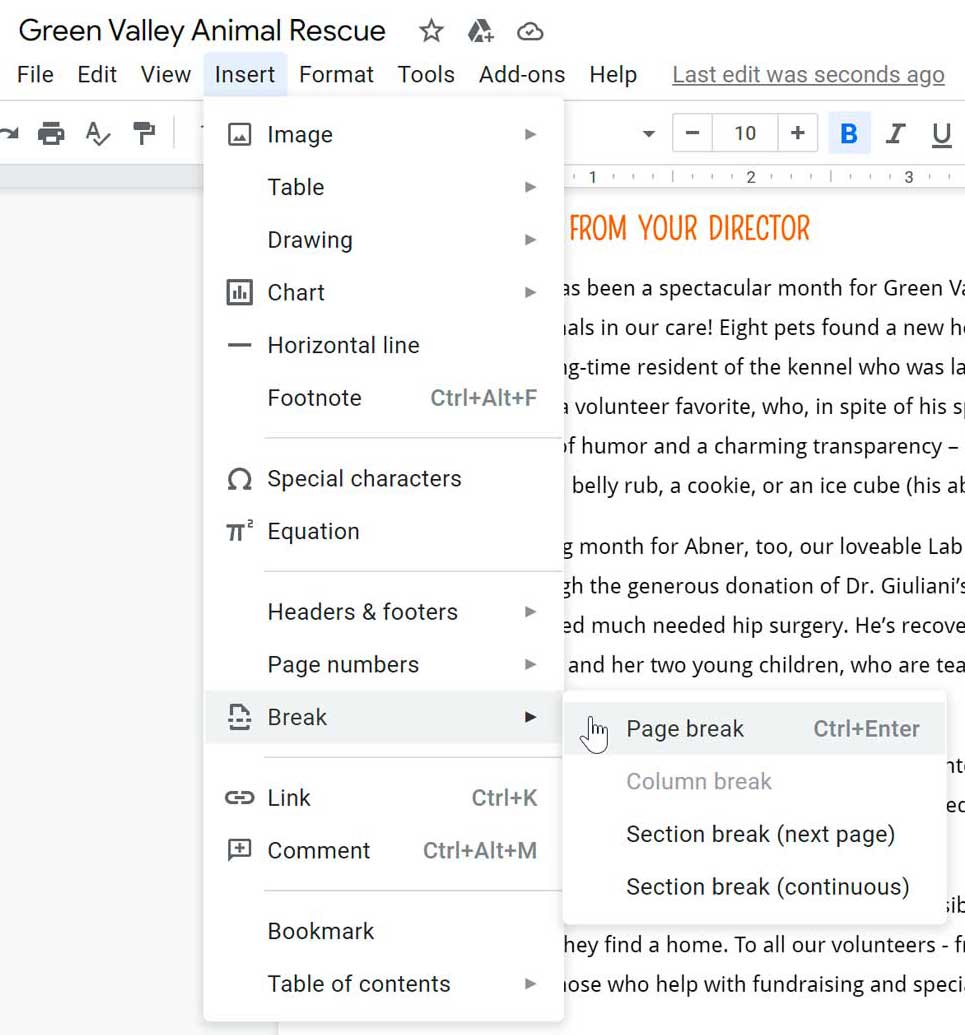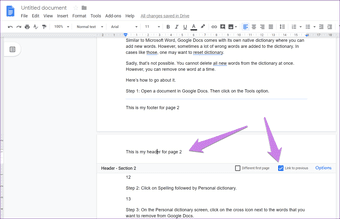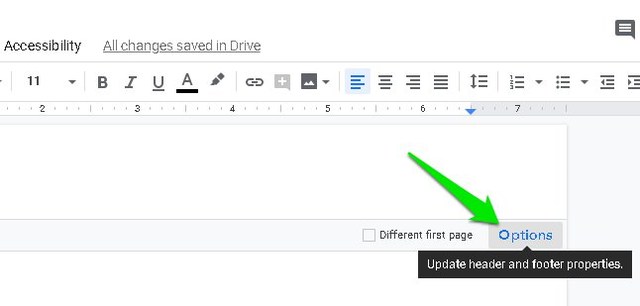

Alternatively you can change the size of the top margin by clicking File at the top of the. Click and drag your mouse up to reduce the size of the header. The cursor should change shape, and you will see a pop-up that says Top Margin. It’s what’s also called a running header. After disconnecting header/footer for all the chapters, you can insert unique header/footer content. Step 2: Position your mouse cursor on the left ruler, at the point where the gray and white colors intersect. The header area in a Word document is practical because it can save users trouble repeating certain information. Repeat the above steps for the rest of the chapters. Click Link to Previous to deactivate which disconnect or de-link the second chapter from the first chapter.ħ. This implies that header/footer of the second chapter is linked to the first chapter.Ħ. Now on the Design tab, within the group Navigation, you can find the Link to Previous being highlighted. The Header & Footer Tools > Design tab gets activated in the Ribbon.ĥ. To do so, double-click the Header or Footer section (extreme bottom or top of the page) at the beginning of the second chapter. In this step, disconnect the Header/Footer section of the first chapter from the second chapter. Similarly, apply section breaks at the end for rest of the chapters as well.Ĥ. Tip: If you are unable to view the section breaks after applying them in your document, click ‘ Ctrl+Shift+8’.ģ. A section break is inserted at the cursor position.

From the Page Breaks drop-down, click Next Page. To insert a section break, on the Page Layout tab, within the group Page Setup, click the drop-down list Breaks.Ģ.
HOW TO CHANGE HEADER FOR DIFFERENT PAGES IN DOCS HOW TO
See below to learn how to insert Section breaks at the end of each chapter to create separate page sections.ġ. THE PROCEDUREĭivide the document into five separate sections using Section breaks. Suppose your document has five chapters and you need to insert unique header and footer details to each section, the below procedure does exactly that. Then you can assign unique header and footer to each section. Divide the document into different sections using Section break to achieve this. Click and drag your mouse up to reduce the size of the header.MS Word provides an option to create different headers and footers within the same document. Select the header or footer of the section, for which you want to change the header or footer (in the example, Section 2 ). Step 2: Position your mouse cursor on the left ruler, at the point where the gray and white colors intersect. To create a different header and / or footer for the next section of your document, do the following: 1. Step 1: Sign into your Google Drive at and open the document for which you would like to make the header smaller. The steps in this article were performed in the desktop version of the Google Chrome Web browser, but will also work in other desktop browsers like Firefox and Edge. How to Make the Header Smaller in Google Docs

But if you don’t need that information, or you have added it and feel like the header is still too large, then you can follow the steps below to decrease the size of the header in Google Docs.įind out how to create a Google Docs newsletter if your organization wants to send something to all of its members or clients. The header section of a document is typically used to display important information that repeats on each page, such as a page number, author name, or document title.

Is your header taking up too much space in your document? Much like the margins around your document, this can be a problem if you need to fit a specific amount of content on one page, or if you simply don’t like all the white space at the top of the page.


 0 kommentar(er)
0 kommentar(er)
